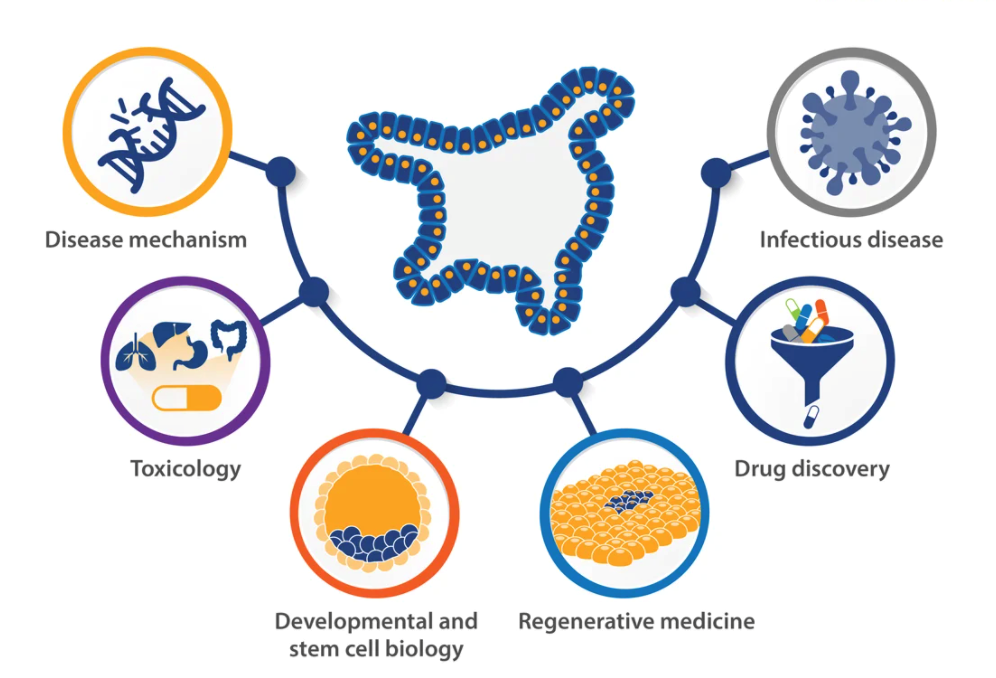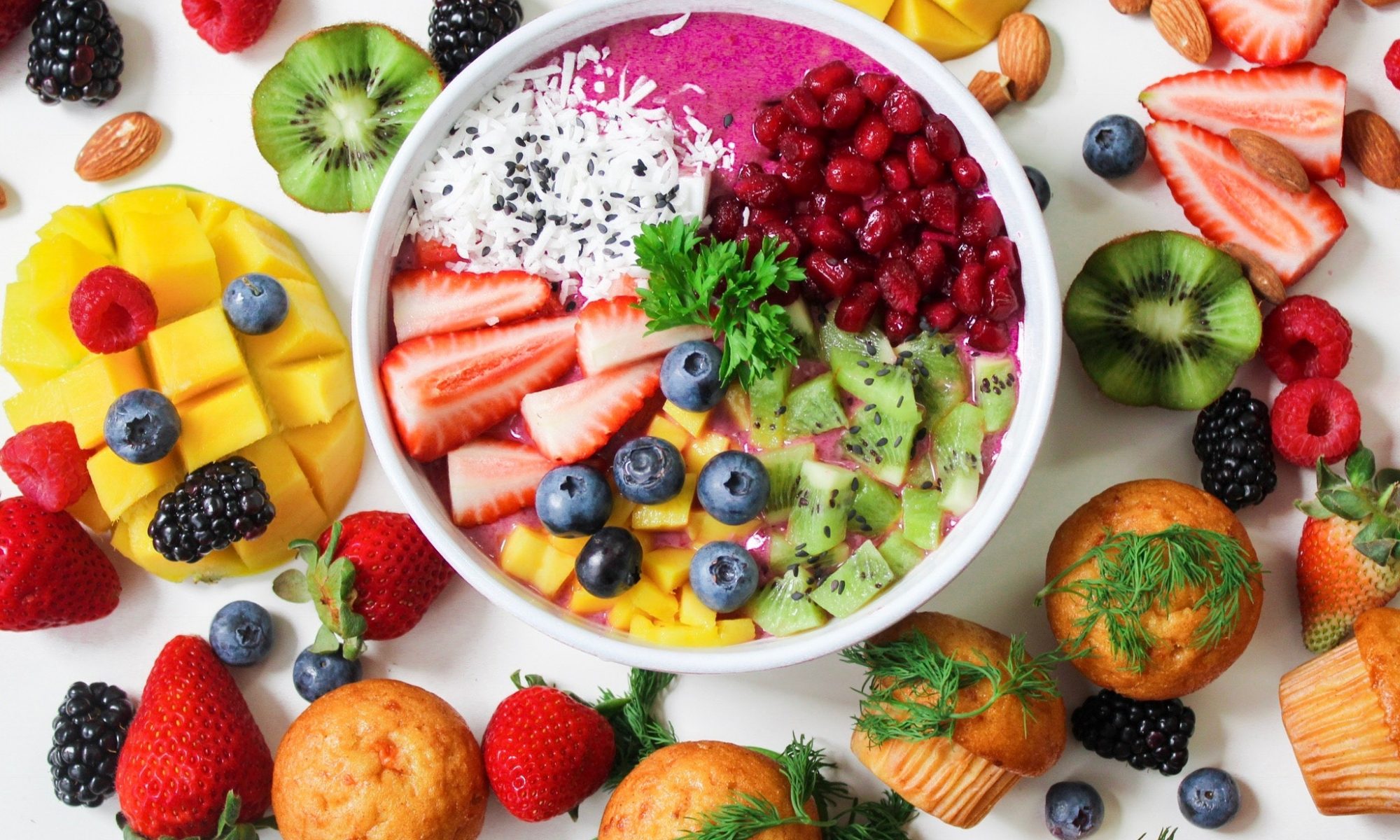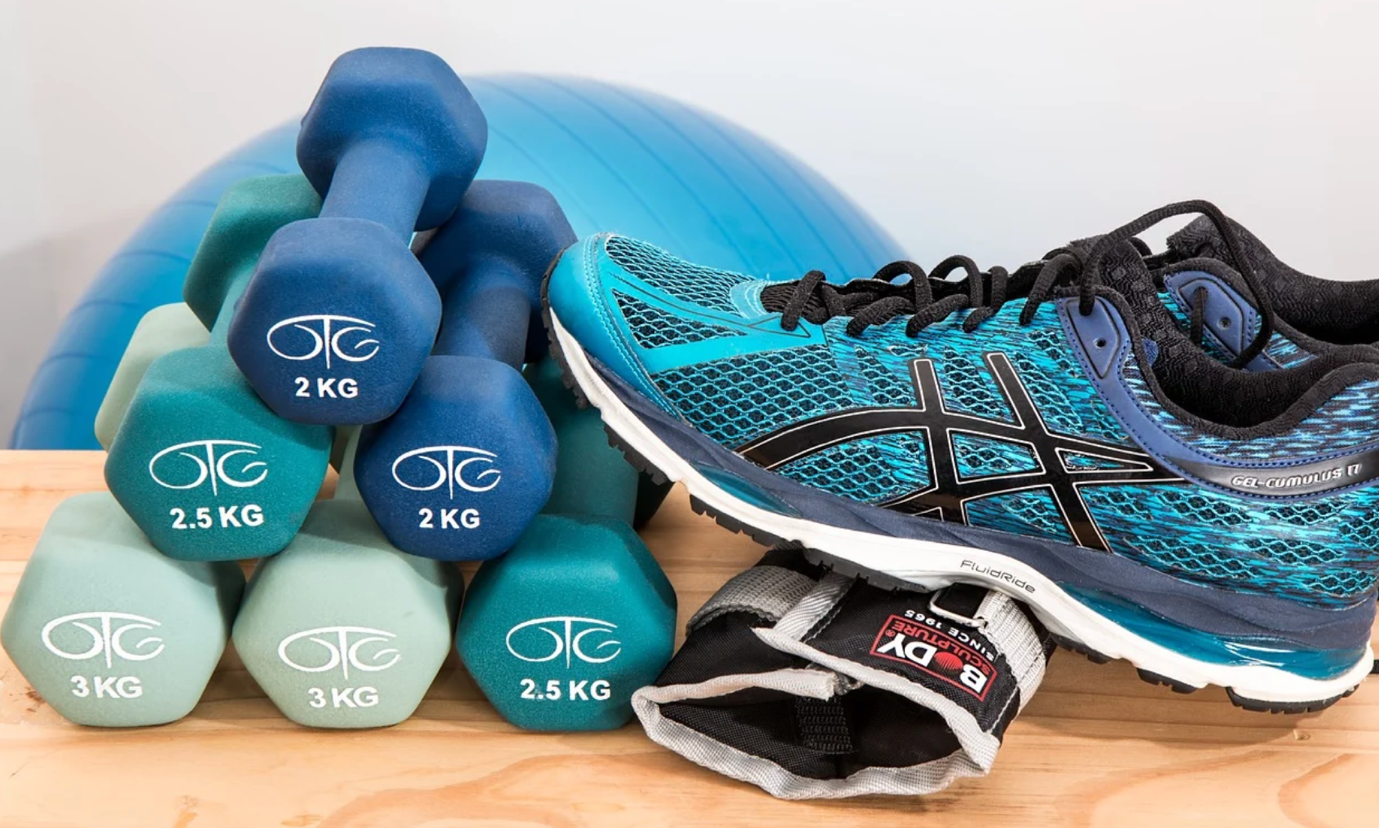Kate in Year 13 explores how organoids are going to contribute to biomedical research.
At the moment, biomedical research is almost exclusively carried out in animal models. Although this has led to a better understanding of many fundamental biological processes, it has left gaps in our understanding of human specific development. In addition to this, the variability of human individuals is in sharp contrast to inbred animal models, leading to a deficiency in our knowledge about population diversity.
These limitations have forced scientists to invent a new way of looking at and understanding how the human body works; their conclusions were organoids.

Organoids are a miniaturised and simplified version of an organ produced in vitro in 3D which shows realistic micro-anatomy. They originate from renewable tissue sources that self-organise in culture to acquire in vivo-like organ complexity. There are potentially as many types of organoids as there are different tissues and organs in the body. This provides many opportunities such as allowing scientists to study mechanisms of disease acting within human tissues, generating knowledge applicable to preclinical studies as well as being able to offer the possibility of studying human tissues at the same if not higher level of scientific scrutiny, reproducibility and depth of analysis that has been possible only with nonhuman model organisms.
Organoids are going to revolutionise drug discovery and accelerate the process of bringing much needed drugs to reality. Nowadays, the process averages around 20 years from conception to reality. This is a lengthy process mainly due to the fact that the pharmaceutical industry has relied on animal models and human cell lines that have little resemblance to normal or diseased tissue – possibly one of the reasons behind the high failure rate of clinical trials adding to the high cost of drug discovery – an average of $2 billion for each new drug that reaches the pharmacy.
Organoids can help this development by using human cells instead of animal cells due to the improved compatibility, making it quicker and more efficient. Organoids are also able to provide a better understanding of human development.

The human brain, especially the neocortex (which is the part of the mammalian brain involved in higher-order brain functions such as sensory perception, cognition, spatial reasoning and language), has evolved to be disproportionally larger compared with that of other species. A better understanding of this species-dependant difference through brain organoids will help us gain more knowledge about the mechanisms that make humans unique, and may aid the translation of findings made in animal models into therapeutic strategies answering the question what makes humans human.
Organoids are the future of biomedical research providing the potential to study human development and model disease processes with the same scrutiny and depth of analysis customary for research with non-human model organisms. Resembling the complexity of the actual tissue or organ, patient derived human organoid studies will accelerate medical research and generate knowledge about human development which is going to dramatically change the way we are going to study biology in the future.







 Music is everywhere. Wherever we go, no matter where, there will be some sort of tune or melody coming from someplace or another. Virtually all species, from the most primitive to the most modern, make music. In tune or not, our species sing and play, or clap and drum. Music is a cardinal aspect of our lives. The human brain and nervous system are programmed to distinguish music, rhythm and tones from noise and other sounds. Is this a biological accident, or does it serve a purpose? There might be no definite answer, but one could suggest from studies that music may enhance human health.
Music is everywhere. Wherever we go, no matter where, there will be some sort of tune or melody coming from someplace or another. Virtually all species, from the most primitive to the most modern, make music. In tune or not, our species sing and play, or clap and drum. Music is a cardinal aspect of our lives. The human brain and nervous system are programmed to distinguish music, rhythm and tones from noise and other sounds. Is this a biological accident, or does it serve a purpose? There might be no definite answer, but one could suggest from studies that music may enhance human health. As well as calming, and being a stress relief, music can be a source of happiness. It has the ability to make people of all ages feel cheerful and energetic and could even lift the mood of people with depressive illnesses. A recent study
As well as calming, and being a stress relief, music can be a source of happiness. It has the ability to make people of all ages feel cheerful and energetic and could even lift the mood of people with depressive illnesses. A recent study
